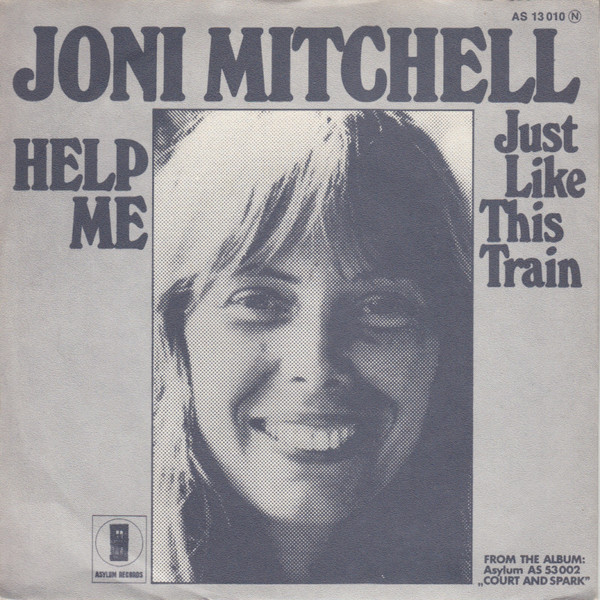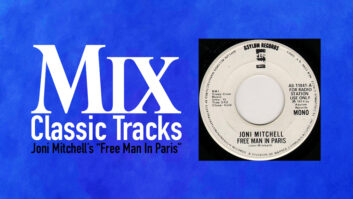In every generation, young music and poetry lovers will “discover” the wonder of Joni Mitchell; her magnificent voice, artistic courage, and brilliant songwriting are as inspiring now as ever. And everyone who knows her work has a favorite album, but Court and Spark is exceptional among her greatest records in at least one respect: It has Mitchell’s one Top-10 pop hit, “Help Me.”

The moving song about the inner conflict between love and “freedom” also marks one of the first appearances of the jazz-pop group Tom Scott’s L.A. Express on Mitchell’s recordings. Comprising the original lineup of sax player Scott, bassist Max Bennett, drummer/percussionist John Guerin, guitarist Larry Carlton and keyboardist Joe Sample, the L.A. Express brought a feel that helped Mitchell realize the jazz-folk style she envisioned for her sixth album.
Working at A&M Studios in 1973, the artist and her co-producer/engineer, the late Henry Lewy, were assisted by a young staff engineer named Ellis Sorkin. “She always knew what she wanted to do, and how to do it. Her perfectionism amazed me,” Sorkin says. “What’s memorable about those sessions, and about ‘Help Me’ in particular, is Joni was one of the innovators as far as layering vocals. Henry was constantly editing for her—all with a razor blade, of course.”
Classic Tracks: Frank Zappa’s “Dancin’ Fool”
The tape machines in A&M at that time were Scully 2-tracks, and Court and Spark was recorded in A&M’s A, B and C rooms, with most of Mitchell’s vocals being cut in C to a Shure SM7 via the API console and a UREI 1176 LN Blueface compressor/limiter.
“We also did a lot of piano overdubs in C,” Sorkin recalls. “We had a 1900s Steinway in there that she loved to use—but most everything else was recorded live. We always had a full rhythm section going, with all the amps in the main room, and Joni would sing a scratch vocal in a booth.
“Joni was also an early adopter of taking more time to record and mix,” Sorkin continues. “We took maybe two or three times as long as most people to mix a song, which means ,at that time, we spent six to eight hours to get a song where she had it in her head. You would hear the song emerge in layers—she had so much talent, she could get exactly where she wanted it. Henry and I were just the button pushers for her, to a degree. She painted those mixes stroke by stroke.”







